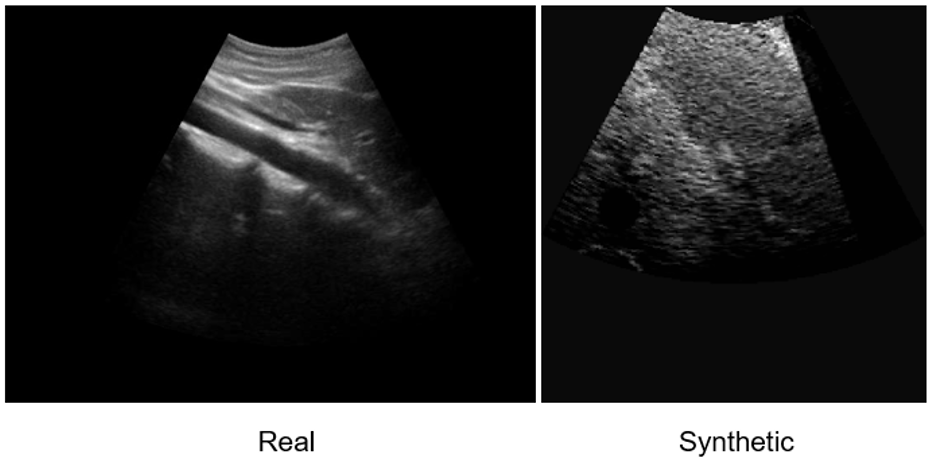My name is Qianyu Fan, and I finished my first year at the University of Toronto, pursuing a statistics specialist. This summer I was given the incredible opportunity to work in Dr. Tyrrell’s lab for the ROP299 course. These four months, I have gone through pain and suffering, underwent a metamorphosis, and finally reaped the fruits.
I still remembered that I promised Professor Tyrrell during the interview that I would put twice as much effort as others to complete scientific research. Even if I had no experience with machine learning and neural networks, even if I hadn’t heard of them, the professor was welcome to accept me! During the weekly meetings, terminologies were hard for me to understand, though I tried to research them afterward. And so, I began my research in a daze.
Early on, I floundered to find a focus. The topic “Compare Image Similarity” is huge, where I could do the research on many sides. For instance, we could use different distance metrics to explore the similarities between synthetic and real images. Also, whether replacing real with synthetic images will improve the model accuracy in the training process is a meaningful topic. Due to many interesting ideas for the project, I was lost, and the proposal had been constantly revised. As other ROP students were starting to write their projects, I was still stuck in the proposal and was anxious about the progress. The professor understood my situation and helped me redefine my direction, because he cared about what the students learned in the course. So, my theme was: Comparison of Two Augmentation Methods in Improving Detection Accuracy of Hemarthrosis. We used data synthesis and traditional augmentation techniques to explore and compare the recognition accuracy with increasing proportions of augmented data.
As the deadline was approaching, I had the idea of giving up due to no results. Once in the private meeting with the professor, I broke down and cried. What a shame! He gave me much support and understood my frustration. Mauro was very helpful in offering the datasets as well as allowing me to use his codes and solving my questions. Thanks to their help, my thinking became clear, and I was able to complete the project on time.
A tortuous but unforgettable journey is over. I have learned a lot of things in this ROP course, from machine learning to scientific research. This will be an asset in my life. I appreciate that the professor gave me this opportunity and that I was able to complete my project.
Qianyu Fan

